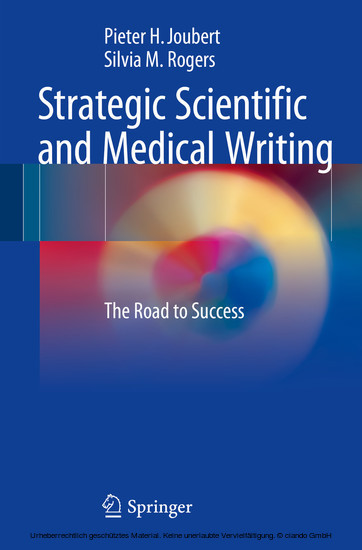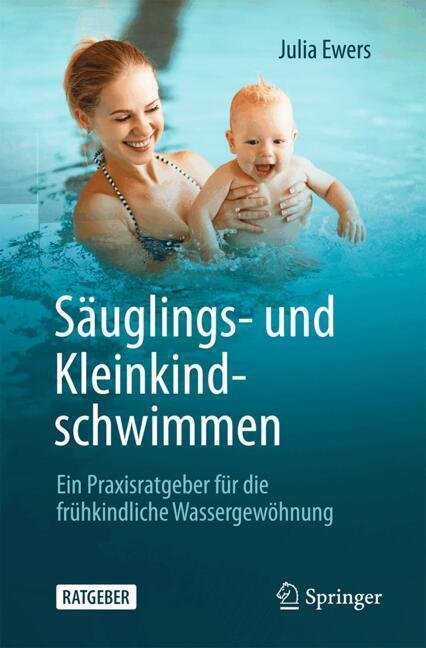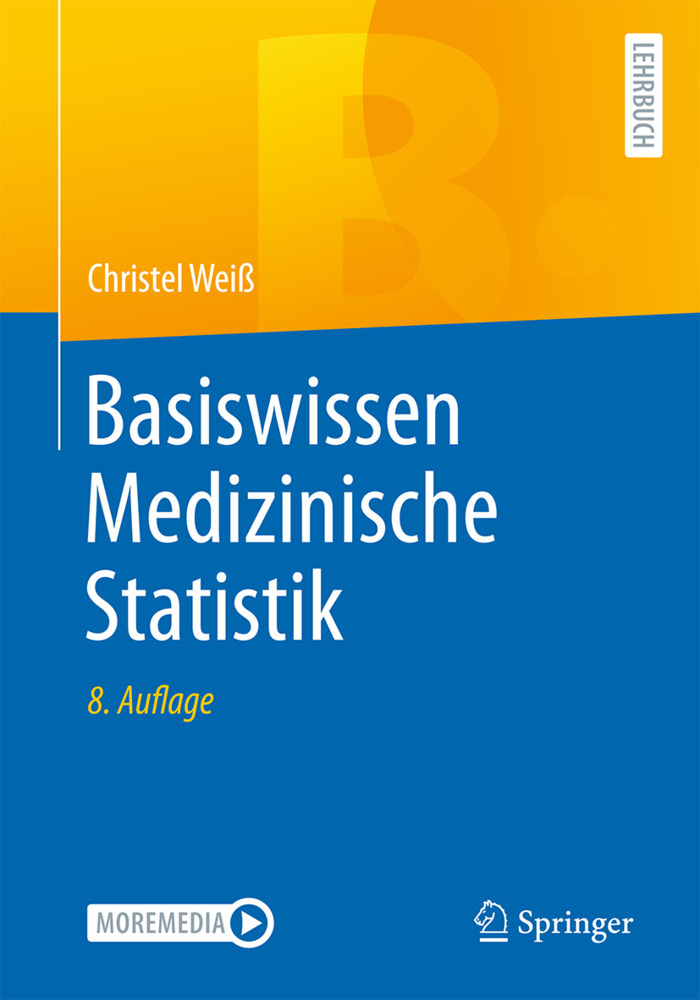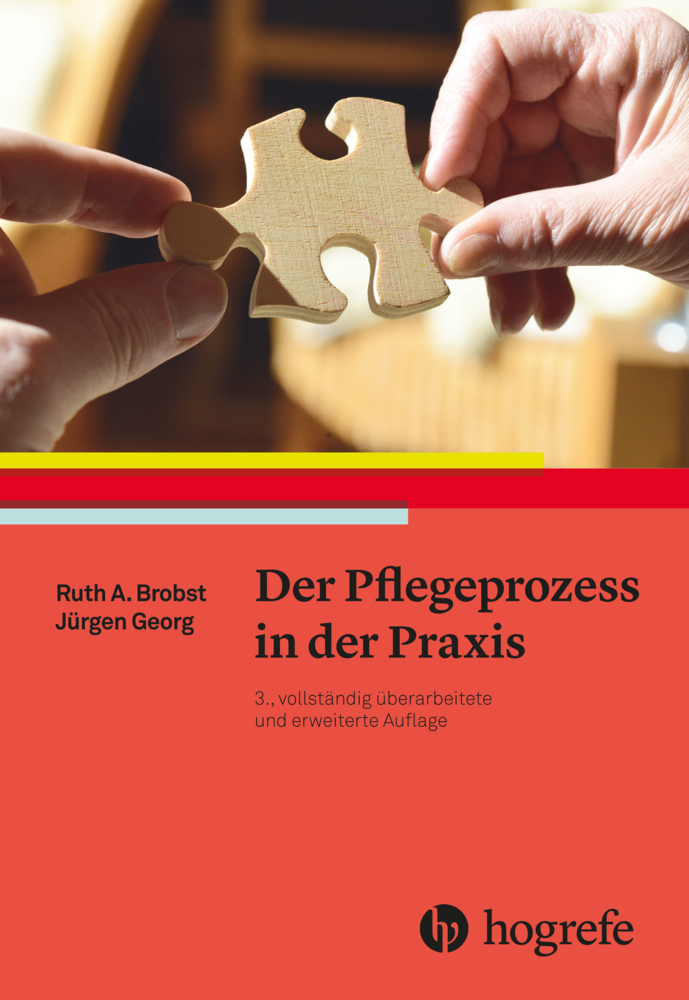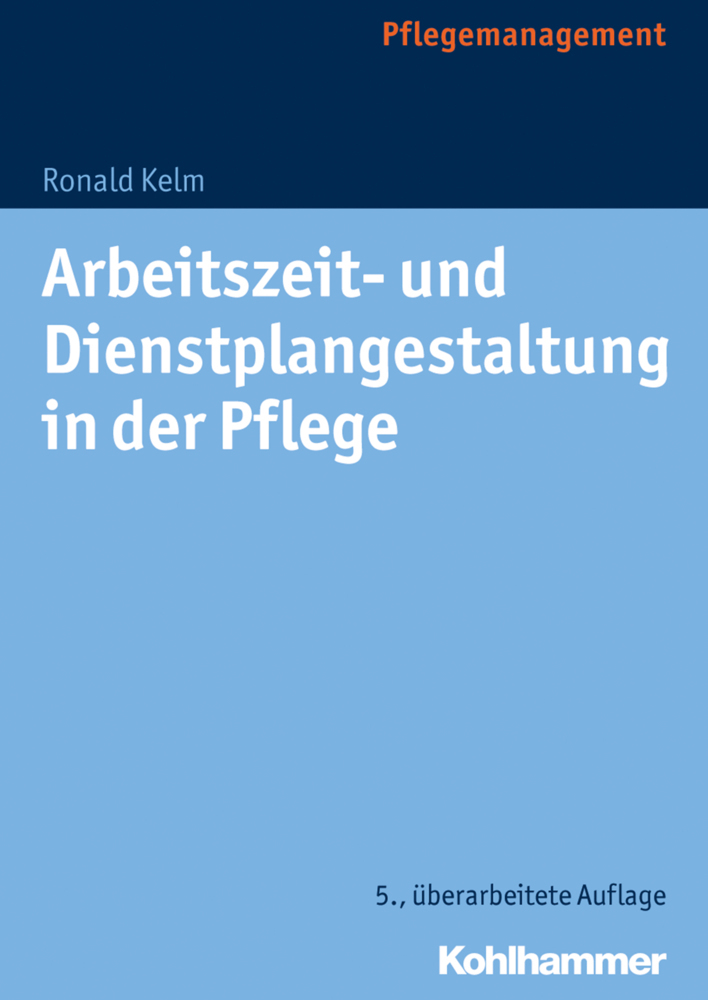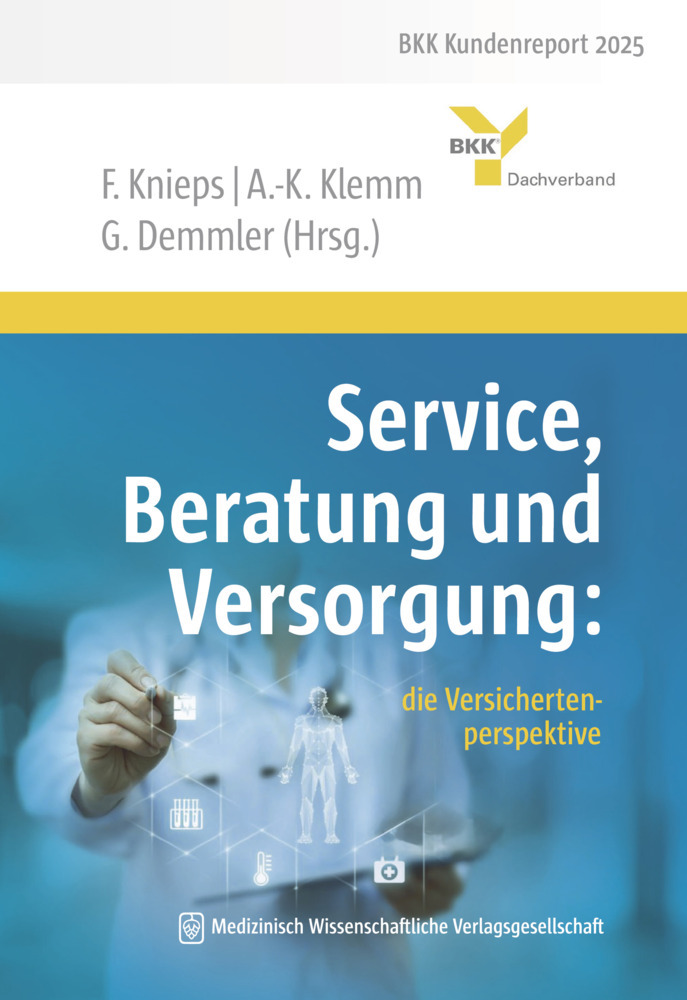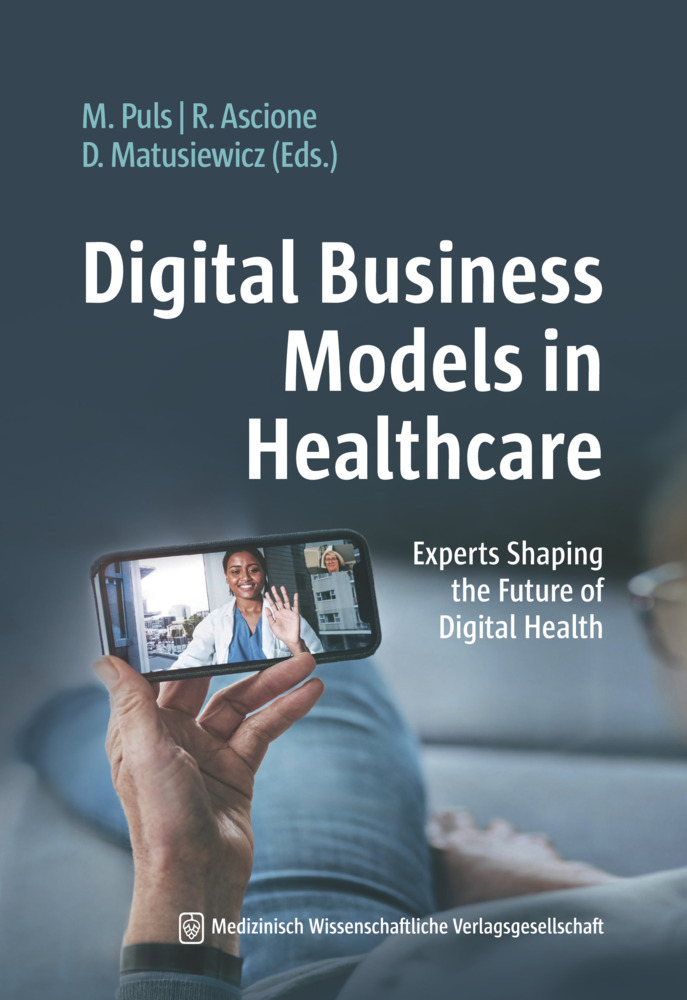Strategic Scientific and Medical Writing
Pieter Joubert is a clinician specialized in Internal Medicine in South Africa and trained in Clinical Pharmacology at the University of Rochester, USA. During a successful academic clinical pharmacology career, he was a member of several boards and committees. He also reviewed applications for approval of new drugs for the South African Health Authority. His key areas of clinical experience are in cardiovascular disease, nephrology, and diabetes. He has extensive drug development experience in the pharmaceutical industry, the major part as Global Head of Clinical Pharmacology at F. Hofmann-La Roche, Switzerland. He currently holds an honorary professorship of Pharmacology and Therapeutics at the Medical University of Southern Africa, and a visiting professorship in Pharmaceutical Medicine at the University of Surrey, UK. He has acted as a consultant to numerous pharmaceutical and biotechnology companies and has published extensively in books and scientific journals.
Silvia M. Rogers is the founder and owner of MEDIWRITE GmbH, a successful small company in Basel, Switzerland. She trained at the University of Liverpool, UK, in the Department of Pharmacology and Therapeutics headed by Prof. Sir Alasdair Breckenridge (former Head of the MRCA). Before forming MEDIWRITE in 1994, she gained extensive experience in key areas of pharmaceutical research, including project management in a major pharmaceutical company. She is an active member of the American Medical Writers Association (AMWA) and the European Medical Writers Association (EMWA). She lectures on scientific writing at Basel University and has provided extensive training in various aspects of medical and scientific writing and presentation. She has written many expert reports, regulatory documents, study reports, and scientific publications for clients, and has authored the popular book 'Mastering Scientific and Medical Writing' (2nd ed., Springer,
2014).1;Preface;6 2;Contents;8 3;List of Tables;14 4;List of Figures;16 5;About the Authors;18 6;Chapter 1: Introduction;20 6.1;1.1 Why Bother with Writing Skills?;20 6.2;1.2 The Key Components of Good Medical/Scientific Writing;21 6.2.1;1.2.1 Strategy;22 6.2.2;1.2.2 Science;22 6.2.3;1.2.3 Guidelines;22 6.2.4;1.2.4 Language;23 6.2.5;1.2.5 Tools;23 6.3;1.3 How to Plan a Document;23 6.3.1;1.3.1 The Nature of the Document;24 6.3.2;1.3.2 The Desired Outcome;24 6.3.3;1.3.3 Guidelines;24 6.3.4;1.3.4 Target Audience;25 6.3.5;1.3.5 Key Messages;25 6.3.6;1.3.6 Sources of Information;25 6.4;1.4 Using a Template;25 6.5;1.5 Final Thoughts;26 7;Chapter 2: Written Communication in Drug Development;27 7.1;2.1 Where Is Written Communication Used in Drug Development?;27 7.1.1;2.1.1 Recording Nonclinical Findings;28 7.1.2;2.1.2 Preparing Drug Development Documents;28 7.1.3;2.1.3 Communicating with Regulatory Authorities and Other Important Institutions;28 7.2;2.2 Final Thoughts;30 8;Chapter 3: Written Communication in Academic Settings;31 8.1;3.1 Where Is Communication Used in the Academic Setting?;31 8.2;3.2 Scientific Papers;31 8.3;3.3 Theses and Dissertations;32 8.3.1;3.3.1 Master's Thesis/Dissertation;32 8.3.2;3.3.2 Doctoral Dissertation/Thesis;33 8.4;3.4 Other Student Papers;35 8.4.1;3.4.1 Laboratory Reports;35 8.4.2;3.4.2 Research Proposals;36 8.5;3.5 Application for Ethics Approval;38 8.6;3.6 Grant Applications;39 8.7;3.7 Final Thoughts;41 9;Chapter 4: Language Pitfalls: Native English Speakers;42 9.1;4.1 Do Native English Speakers Have an Advantage?;42 9.2;4.2 Misused Terms and Expressions;42 9.3;4.3 Problems with Singular and Plural Nouns;44 9.3.1;4.3.1 Plurals of Non-English Nouns;44 9.3.2;4.3.2 Collective Nouns;46 9.4;4.4 Punctuation;46 9.4.1;4.4.1 Comma;47 9.4.2;4.4.2 Hyphen;47 9.4.3;4.4.3 Other Troublesome Punctuation Marks;48 9.4.3.1;4.4.3.1 Apostrophe;48 9.4.3.2;4.4.3.2 Nonbreaking Spaces and Hyphens;49 9.5;4.5 Jargonized Writing;50 9.5.1;4.5.1 Carelessness and Sloppiness;50 9.5.2;4.5.2 Terminology;51 9.5.3;4.5.3 Nonparallel Clauses;51 9.6;4.6 Sentence Structure and Word Order (Syntax);53 9.6.1;4.6.1 Dangling Modifiers;53 9.6.2;4.6.2 Misplaced Modifiers;54 9.7;4.7 Final Thoughts;54 10;Chapter 5: Language Pitfalls: Nonnative English Speakers;55 10.1;5.1 Do Nonnative English Speakers Have a Disadvantage?;55 10.2;5.2 Main Troublemakers for Nonnative English Speakers;55 10.2.1;5.2.1 Choice of Correct Tense;57 10.2.2;5.2.2 Avoiding Wordiness;59 10.2.3;5.2.3 Active Versus Passive Writing;60 10.2.4;5.2.4 Nonessential and Essential Clauses;61 10.2.5;5.2.5 Use of "Respectively";62 10.3;5.3 Lost in Translation;63 11;Chapter 6: Scientific Misconduct;64 11.1;6.1 Why Does Everyone Suddenly Talk about Fraud and Plagiarism?;64 11.2;6.2 Causes of Scientific Misconduct;65 11.3;6.3 Forms of Scientific Misconduct;66 11.3.1;6.3.1 Data Fabrication;66 11.3.2;6.3.2 Data Falsification;67 11.3.3;6.3.3 Plagiarism;67 11.3.3.1;6.3.3.1 Self-Plagiarism;68 11.4;6.4 Other Forms of Scientific Misconduct;68 11.4.1;6.4.1 Provision of Incorrect or Incomplete Information;68 11.4.2;6.4.2 Omission of Publication;69 11.4.3;6.4.3 List of Authors;69 11.5;6.5 Post-publication Misconduct;70 11.5.1;6.5.1 Storage and Retrieval of Data;70 11.5.2;6.5.2 Correction and Retraction of Publications and Expression of Concern;70 11.5.2.1;6.5.2.1 Correction of a Published Article;71 11.5.2.2;6.5.2.2 Retraction of a Published Article;71 11.5.2.3;6.5.2.3 Expression of Concern;72 11.6;6.6 Final Thoughts;72 12;Chapter 7: Key Statistical Concepts;73 12.1;7.1 Descriptive Statistics;73 12.2;7.2 Inferential Statistics;76 12.2.1;7.2.1 Parametric Tests for Two Datasets;78 12.2.1.1;7.2.1.1 Student's Two-Sample t-Test;78 12.2.1.2;7.2.1.2 Student's Paired t-Test;79 12.2.2;7.2.2 Nonparametric Tests for Small Datasets;80 12.2.2.1;7.2.2.1 Mann-Whitney U Test;81 12.2.2.2;7.2.2.2 Wilcoxon Signed-Rank Test;81 12.2.3;7.2.3 Comparing Categories: Chi-Squared Test;82 12.2.4;7.2.4 Tests for Multiple Samples;84 12.
Joubert, Pieter H.
Rogers, Silvia M.
| ISBN | 9783662483169 |
|---|---|
| Artikelnummer | 9783662483169 |
| Medientyp | E-Book - PDF |
| Copyrightjahr | 2015 |
| Verlag | Springer-Verlag |
| Umfang | 147 Seiten |
| Sprache | Englisch |
| Kopierschutz | Digitales Wasserzeichen |

